Author: Károly “Karika” Németh
The 38M. Toldi I light tanks, produced from 1939 to 1940, became completely obsolete and lost most of their combat value by 1944 with their 20mm Solothurn heavy rifle and only 13mm thin frontal armour. But, because of their relatively weak suspension, it was not possible to upgrade them with thicker armour and to mount an enlarged turret with a stronger 40mm gun on them like on the Toldi IIA light tanks, because their weak torsion bars just could not bear the additional weight.
The first series of the Toldi light tank, the Toldi I (80 vehicles in total) was assembled with imported, German-made torsion bars, which were unfortunately designed as a bit weak, and they tended to break during extensive usage. Furthermore, German shipments were always delayed at that time, because of the outbreak of WWII.
This problem was solved on the Toldi II light tank, the second series of Toldis (110 vehicles in total), where the German torsion bars were replaced with stronger, domestically manufactured Hungarian ones. This was the reason why only the Toldi II light tanks could be upgraded to Toldi IIA tanks between 1943-1944 (80 Toldi II were upgraded to Toldi IIA in total), because with these new torsion bars, Toldi II could carry approximately 700 kg more weight.
38M. Toldi I light tank
However, Toldi I tanks could not be upgraded, so the Hungarian engineers had to figure out a different way to make the Toldi I useful again. One of the first ideas was to make a similar design ato the German Marder series of tank destroyers on the chassis of the Toldi I.
Between 1942-43, the Wehrmacht gave 7 Marder II tank destroyers (for temporary use, without crew) to the Royal Hungarian Army Armoured Corps on the eastern front. One of these vehicles on their way back to Germany was given to the Institute of Military Technology (HTI) for tests and to investigate the technological solutions of the vehicle.
A Marder II in Hungarian usage, with the original German insignias:
Based on that research, the Ganz factory (one of two big companies, that manufactured the Toldi tanks) made the prototype Toldi páncélvadász (= literally „armour hunter”, as in Panzerjäger in German) in Autumn of 1943 from a Toldi I tank, which was under repair. It was armed with the same gun as the Marder II, the 7,5 cm Pak 40/2, however it was not decided, should this TD become mass-produced, that this gun would be its main armament.
The gun wasn’t the only similiarity to the Marder II, the Toldi páncélvadász had an open top and rear crew compartment too, its thin armour was only capable to withstand infantry fire and it was designed on an obsolete light tank chassis.
On the top of the engine roof, there was a large, enclosed metal box, that was designed to balance the weight of the bigger, heavier gun and to hold some (not all) of the ammunition. That box extended over the side silhouette, which was a flaw in the design, because it could be more easily been hit by the enemy than for example the ammo storage of the Marder II, which was on the same level as the side of the vehicle. But there was not enough free space for the ammo inside the used Toldi chassis, like on the Pz. Kpfw. II chassis of the Marder II. The box could be turned verticaly to access the engine below it.
All in all, it was vary similir to the Marder II, both in appereance – it was only 140mm narrower, and 30mm taller – and in its charactestics, that were nearly the same too. A little bit less armour, in exchange for better power-to-weight ratio, mobility and higher top speed.
Despite the fact that the troops could find use such vehicle, it never entered mass-production. The main reasons probably were:
- the weak and unreliable torsion bars of the Toldi I,
- the unfortunate design, because it was tall and narrow, and with the heavy gun mounted high, its center of gravity was quite high (not to mention the ammorack).
- and finally, but most importantly, the lack of Hungarian production capacity at the end of the war. Every resource was focused on the production of Turán medium tanks and Zrínyi II assault howitzers, which had more combat value than the potentially mass-produced Toldi páncélvadász, especially in late 1943 to early 1944.
Unfortunately, the fate of the only prototype is unknown and the whole project was forgotten until 1982, when the first photographs and some documentation of this tank destroyer were found. Most of the original documentations and the blueprints were most likely destroyed during the war.
Characteristics:
Name: Toldi páncélvadász (could be Toldi Tank Destroyer in the game)
Year: 1943-44
Manufacturer, development: Ganz, HTI
Crew: unknown, probably same as on the Toldi I light tank: 3, Commander/Radioman, Gunner, Driver
Combat weight: 10,5 t
Ground pressure: 0,63 kp/cm2
Engine: Büssing NAG type L8 V/36 TR, 8 cylinders, 155 hp on 2700 r/min, 7913 cm3, petrol
Power to weight ratio: 14,8 hp/t
Max. speed forward: 45-50 km/h
Dimensions in mm:
- Full lenght without barrel: 4750
- Full lenght with barrel: 5640
- Full width: 2140
- Height: 2230
- Ground clearance: 350
Armour: welded, sloped
- front: 13 mm in 30°
- frontal vertical armor, driver’s hatch: 23 mm
- gun shield: 6 mm
- side: 13 mm
- rear: 7 mm
- top, bottom: 6 mm
Guns:
- 7,5 cm Pak 40/2 L/46 (40 M. 75mm anti-tank gun in Hungarian service)
ammunition: 21 rounds
in-game penetration: 108mm
gun depression, elevation: ?
vertical arc: ?
- Planned additional machine gun against infantry and air targets
Radio: no data
A historically correct model of the Toldi páncélvadász:
In World of Tanks
The Toldi páncélvadász is very similar to the Marder II. Basicly, its a Pak 40/2 mounted on a Toldi chassis instead of Pz. Kpfw. II chassis, so it should be a tier 3 Hungarian tank destroyer in the game too. It’ll be probably a faster, more manouverable Marder II with a bit thinner armour and less ammo, if the European tech tree with the Hungarian tanks gets to be implemented into the World of Tanks.
Sources:
Bíró Ádám: „Magyar Marder” vadászpáncélos, Toldi alvázon. In: Haditechnika 1990/4. 45-47.
Bíró Ádám: A 38 M. Toldi könnyű harckocsi fejlesztésének kísérletei 1941-1944. In: Haditechnika 2000/3. 79-82.
Bíró Ádám – Éder Miklós – Sárhidai Gyula: A Magyar Királyi Honvédség külföldi gyártású páncélos harcjárművei 1920-1945. Budapest, 2006. 34.
Bíró Ádám – Sárhidai Gyula: A Magyar Királyi Honvédség hazai gyártású páncélos harcjárművei 1914-1945. Budapest, 2012. 154-161.
Bonhardt Attila – Sárhidai Gyula – Winkler László: A Magyar Királyi Honvédség fegyverzete. Kecskemét, 1992. 74-75.
Sárhidai Gyula: A Magyar Királyi Honvédségnél rendszeresített 7,5 cm-es 40 M. páncéltörő ágyú. In: Haditechnika 1998/3 53-57.

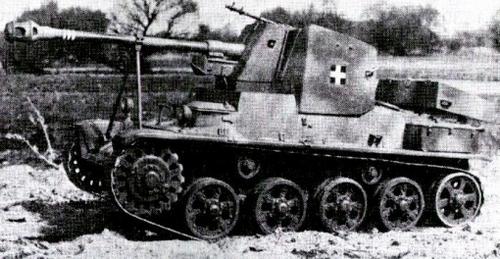

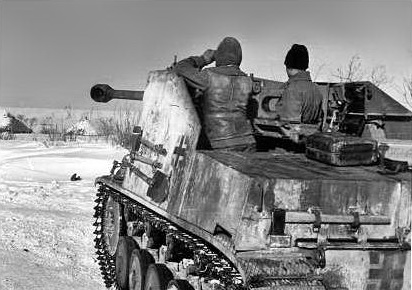
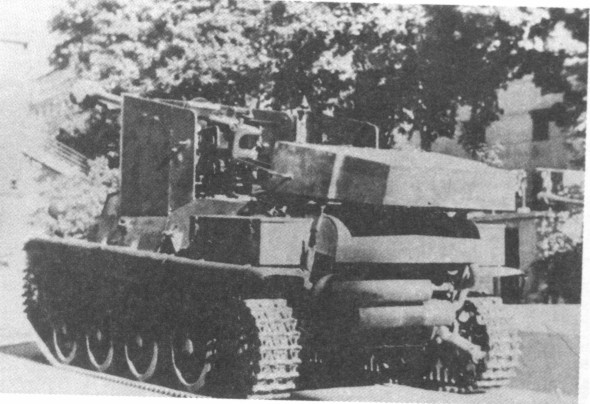
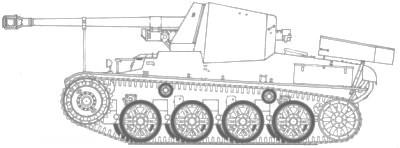

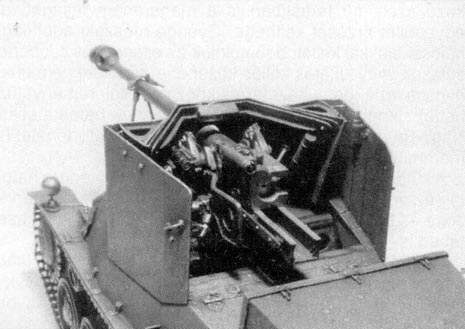
“gets to be implemented into the World of Tanks”
But when?!?! :’(
Next year.
If.
Radio: no data
ppl complaining about range of radio
WG: working as intended
Of all modules, radio is the least historically important (most tanks in the game probably don’t have their historical radio sets, some even relatively high tier vehicles did not carry radio stations at all) and radio range is a balance parameter, so in this case, it hardly matters.
Not on the topic… Do you still plan to prepare the post with the best WG employees lightbulb changing jokes?
Delayed because of the credit card chaos.
maybe fun if ppl next time make a visual story of it like a cartoon or so of how WG employees screw lightbulbs
WG employees are busy enough screwing playerbase. I don’t think they have time for lightbulbs.
Looks like a cool little tank, i liked the marder 2, and i quite like the look of this. I would rather like to give this little tank a try.
Has WG said anything about the EU line? They sometimes say someting like; “its possible but not a priority” e.c.t. or just acknowledged its an idea at all? Just wondering if its something on their radar and they are considering its possibility. Or are their heads firmly burried in sand like they can all too oftern be?
Well, I hope they will release them in the future.